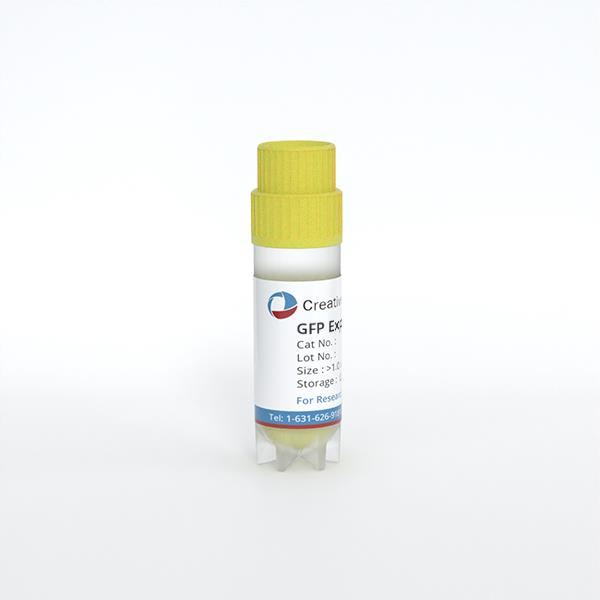ONLINE INQUIRY

Human Sertoli Cells
Cat.No.: CSC-C9380W
Species: Human
Source: Testis
Morphology: Bipolar
Cell Type: Sertoli Cell
- Specification
- Q & A
- Customer Review
Nowadays, most laboratories will remove DMSO by adding culture medium after thawing, but some researchers believe that, except for a small number of cells specifically stated to be sensitive to DMSO, most cell lines (including suspension cells) can be thawed and placed into culture corner flasks containing 10-15 mL of fresh medium, and then replaced with fresh medium the next day to remove the DMSO, which can avoid the problem of most cells failing to grow or attach after thawing. This can avoid most of the problems that cells cannot grow or attach after thawing.
Ask a Question
Average Rating: 5.0 | 1 Scientist has reviewed this product
Good growth
The cells are in good growth condition when observed through a microscope.
14 July 2022
Ease of use
After sales services
Value for money
Write your own review


